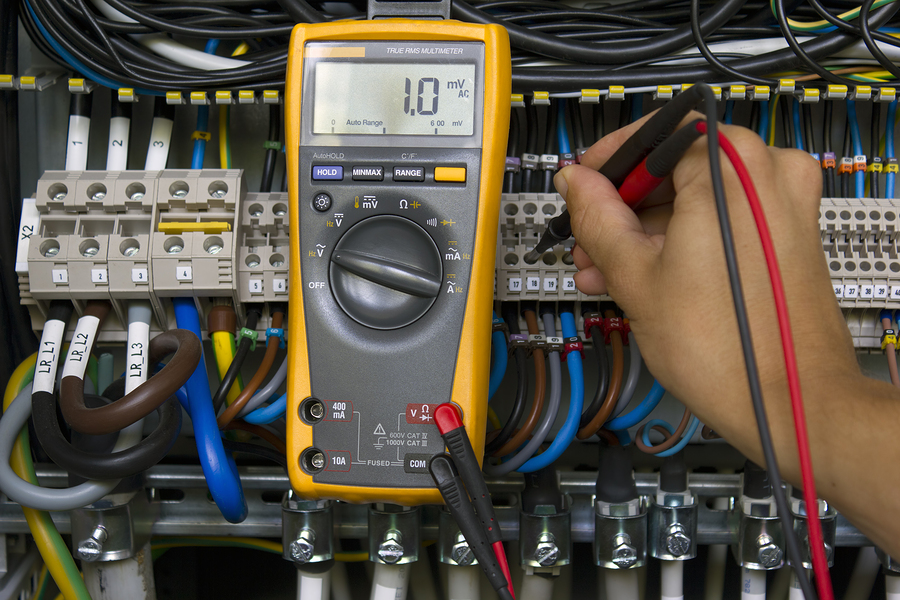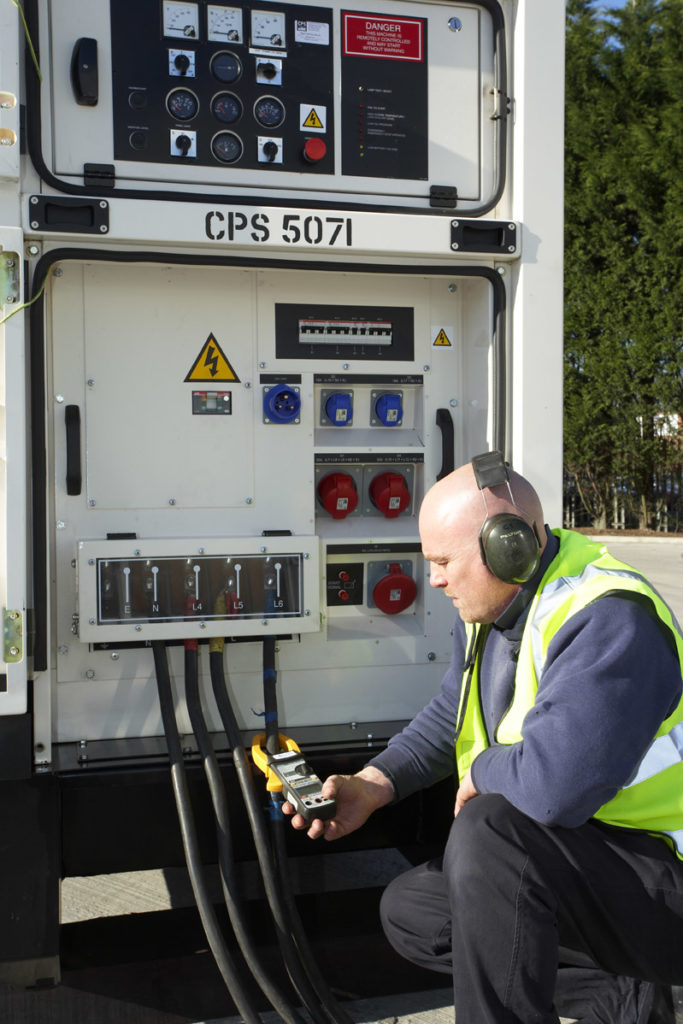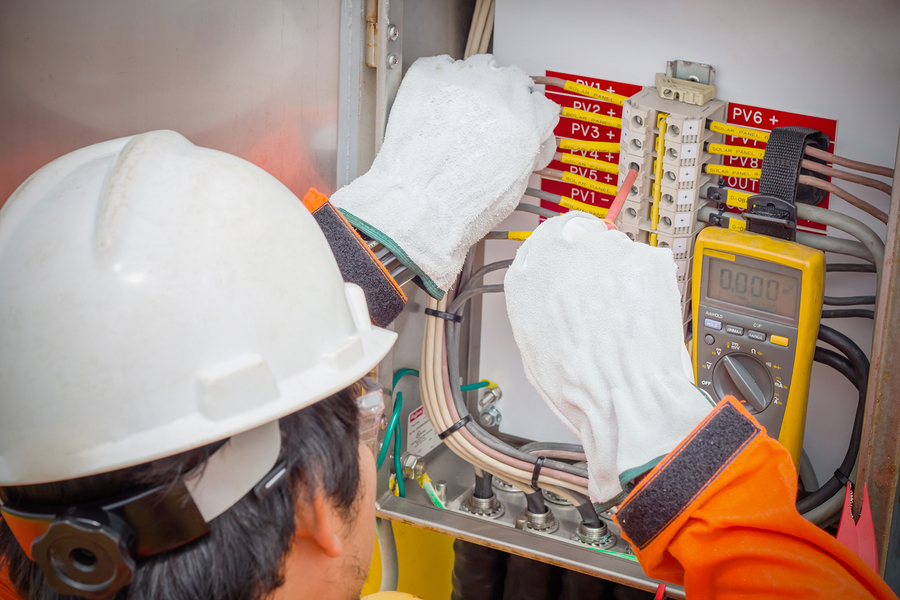It’s not difficult to pinpoint a faulty power supply as the reason for your equipment failure. But not all problematic power supplies have the same malfunction source. Overheating sometimes causes failure; other times, it’s a capacitor failure; and semiconductor failures are still more frequent.
Getting to the bottom of a power supply failure means correctly diagnosing the component malfunction — or malfunctions — that caused it. For this, a technician will rely on a power supply tester or a multimeter: a device capable of running diagnostic tests to troubleshoot electrical components.
Get familiar with a multimeter
A multimeter is by no means a high-end piece of equipment. In fact, it’s a relatively simple and straightforward device that anyone performing electrical troubleshooting and repairs should own. The device measures a variety of different electrical variables — including DC voltage, AC voltage, resistance, and current — essential for proper power supply function.

Using a multimeter is easy. A repair tech will set the multimeter to the appropriate measurement settings and use probes to take a reading of the current. Readings must meet original equipment manufacturers’ (OEM) standards and specifications to ensure the power is not exceeding safe levels. And, if it is, the repair tech can continue troubleshooting and repairing.
Load testing for quality assurance purposes
After troubleshooting and repairing a power supply, load testing is essential. Using a multimeter, repair techs will test the power supply against field conditions to gauge a number of important variables.
 Check performance. Making sure the repaired power supply is functional is just part of quality control best practices, and maintenance personnel should conduct a performance check regardless of any other concerns. A quick load test will tell whether the power supply is free of the original issues and able to provide a steady current.
Check performance. Making sure the repaired power supply is functional is just part of quality control best practices, and maintenance personnel should conduct a performance check regardless of any other concerns. A quick load test will tell whether the power supply is free of the original issues and able to provide a steady current.- Calibrate against a standard. Load testing to a standard ensures the supply is delivering power at a rate consistent with the reading. For example, testing against 10 volts ensures the power supply is truly putting out 10 volts. Calibrating against a standard means sending the power supply back into the field with the same performance expectations as the factory outlined.
- Verify compliance against regulations. Repaired power supply units need to meet manufacturer and equipment power factor and supply load recommendations. Checking compliance against regulations means meeting OEM standards for safety and functionality so there’s no risk of liability if future problems occur.
- Ensure repeatability. Testing for repeatability ensures the power supply doesn’t immediately succumb to the same issue that brought it in for repairs, such as a faulty diode. Repeatability means a unit is ready to perform as expected on a consistent basis.
Each of these four variables plays an integral role in ensuring the long-time function of a newly repaired power supply.
What could go wrong without proper load testing?
Without a final quality check against load, a power supply could encounter a wide variety of issues that result in hazards for employees and machine downtime for companies. They include:
- Instant supply failure the next time it’s used due to repair personnel
- performing the wrong component repair,
- using the wrong replacement part, or
- performing an incomplete repair or replacement.
- Shock hazards due to current overvoltage or an electrical supply that exceeds compliance standards. Conversely, brown-outs caused by sag in the supply translate into problems keeping electronics running.
- Transients sent to peripheral electrical components caused by a failure to control current through the power supply.
Testing against the load ensures proper performance before a power supply returns to the field and offers a final quality check that’s paramount in maintaining the safety and function of vital power supplies both immediately after repairs and long into the future.
